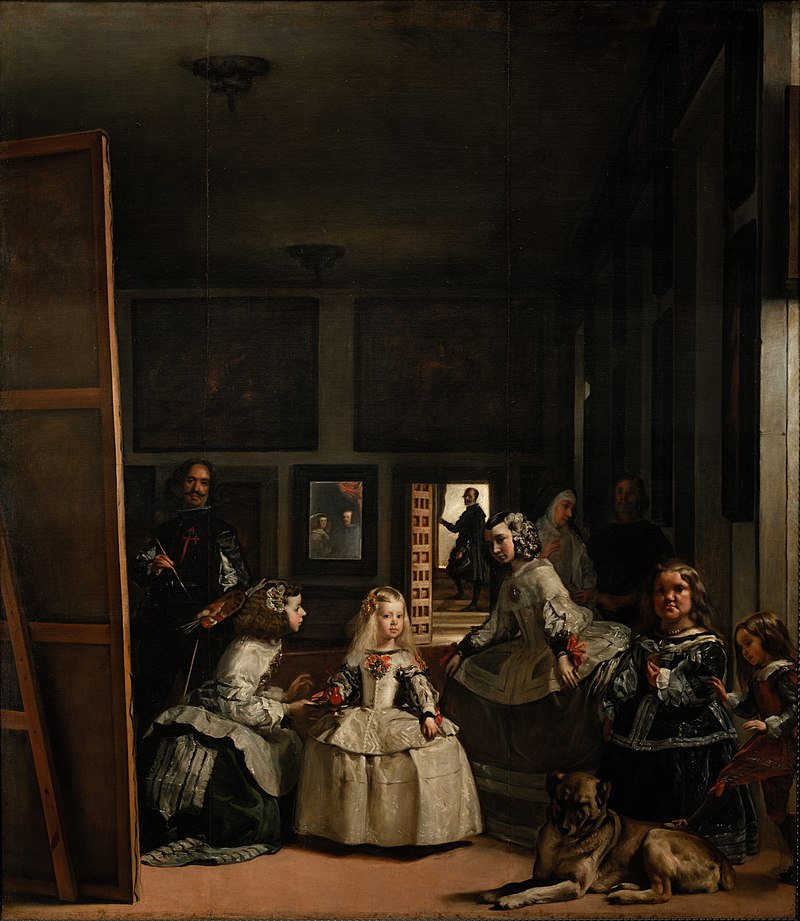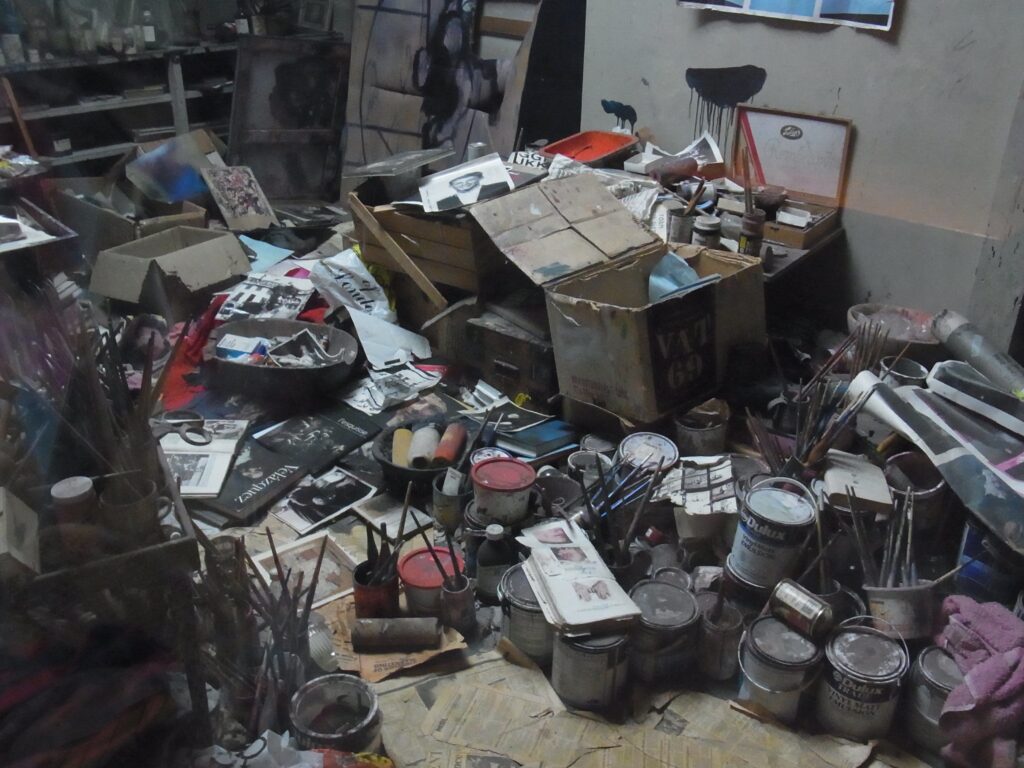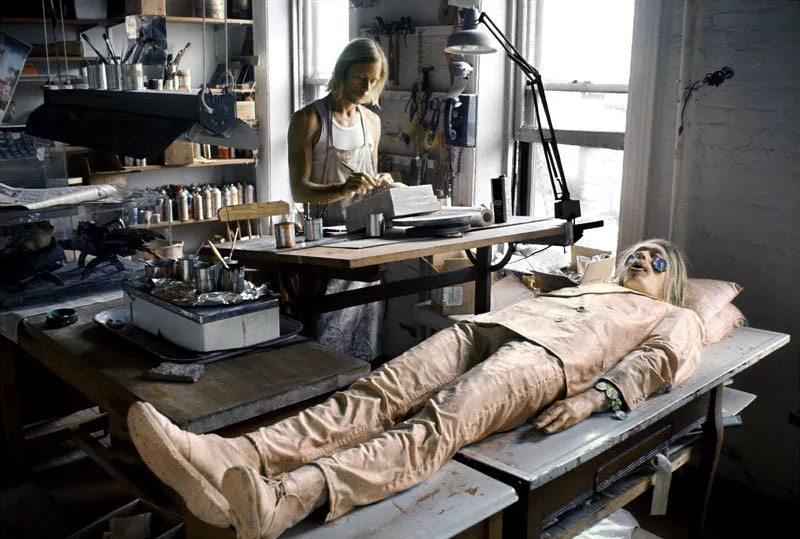The Machines Studio / L’atelier des machines
I bought a plastic sheet to protect the white walls of my studio from the paint I use to test colors. Months went by without me paying attention to this increasingly opaque epidermis that covered the surface of the wall.
One day, I looked at this colored surface produced without intention and found a certain attraction in it. The remnant reminded me of a painting that could have spread over an ever larger area until it covered the entire space in the manner of the membrane described by Brian O’Doherty in his book White Cube – The Ideology of the Gallery Space (1976).
J’ai acheté une bâche en plastique pour protéger les murs blancs de mon atelier de la peinture que j’utilise pour tester les couleurs. Les mois ont passé sans que je fasse attention à cet épiderme de plus en plus opaque qui recouvrait la surface du mur.
Un jour, j’ai observé cette surface colorée produite sans intention en y trouvant un certain attrait. Ce reste m’évoquait un tableau qui aurait pu s’étendre sur une surface toujours plus grande jusqu’à couvrir l’espace entièrement à la manière de la membrane que décrit Brian O’Doherty dans son livre White Cube — L’espace de la galerie et son idéologie (2008).
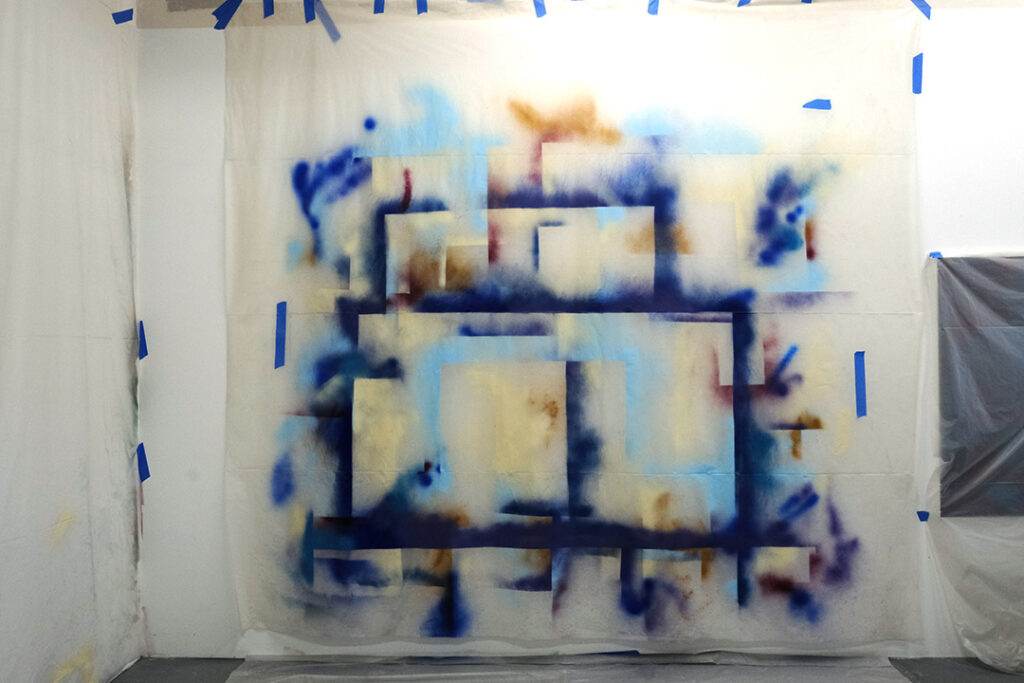
Bâche en plastique dans mon atelier
Vilèm Flusser, in a course given at the School of Fine Arts in Aix-en-Provence in 1989, explains the invention of the technique as follows: while a human being was shaping a flint in order to replace his missing teeth, he lowered his gaze to the ground and saw the remaining splinters of his activity, understanding that they were sharper.
Vilèm Flusser, dans un cours donné à l’École des Beaux-Arts d’Aix-en-Provence en 1989, explique ainsi l’invention de la technique : alors qu’un être humain façonnait un silex en vue de remplacer sa dentition manquante, il baisse le regard au sol et voit les éclats restants de son activité, comprenant qu’ils sont plus coupants.
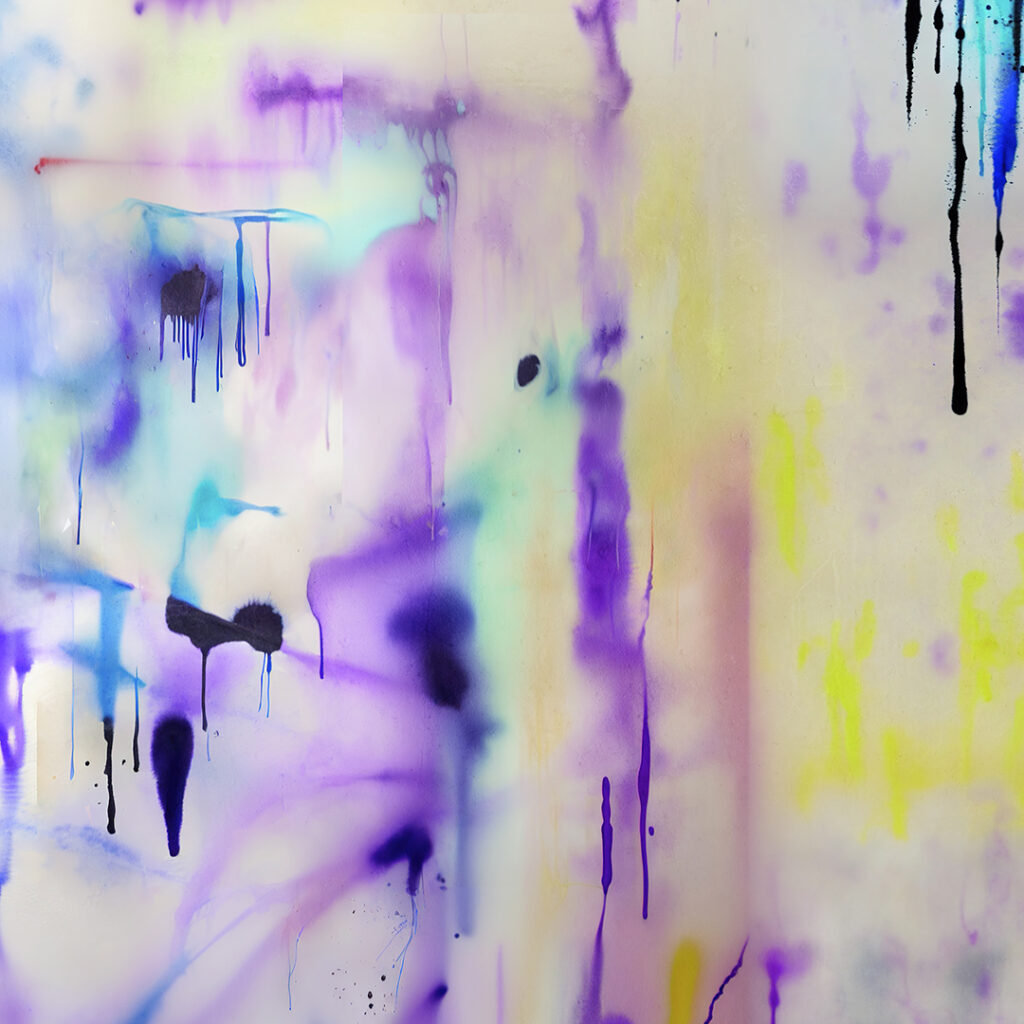
Unique NFT accompanied with a print on request
https://objkt.com/asset/KT1Ns4gZT63oXePYvPJQ1eriv8526GpTKw5G/17
I decided to extend this plastic sheeting m2 by m2 with an AI that gradually completes its surface. The device consists of the plastic sheeting that I commit myself not to sell. It is completed by an outpainting function, which can complete an image by being inspired by its style and thanks to a text (the prompt). This text is automatically produced thanks to CLIP Interrogator, a software that describes an image textually. I produce an image by describing the previous one and so on.
J’ai décidé d’étendre cette bâche en plastique m2 par m2 avec une IA qui complète progressivement sa surface. Le dispositif consiste en la bâche que je m’engage à ne pas vendre. Elle est complétée par une fonction d’outpainting, qui sait compléter une image en s’inspirant de son style et grâce à un texte (le prompt). Ce texte est automatiquement produit grâce à CLIP Interrogator, un logiciel qui décrit textuellement une image. Je produis une image en décrivant la précédente et ainsi suite.
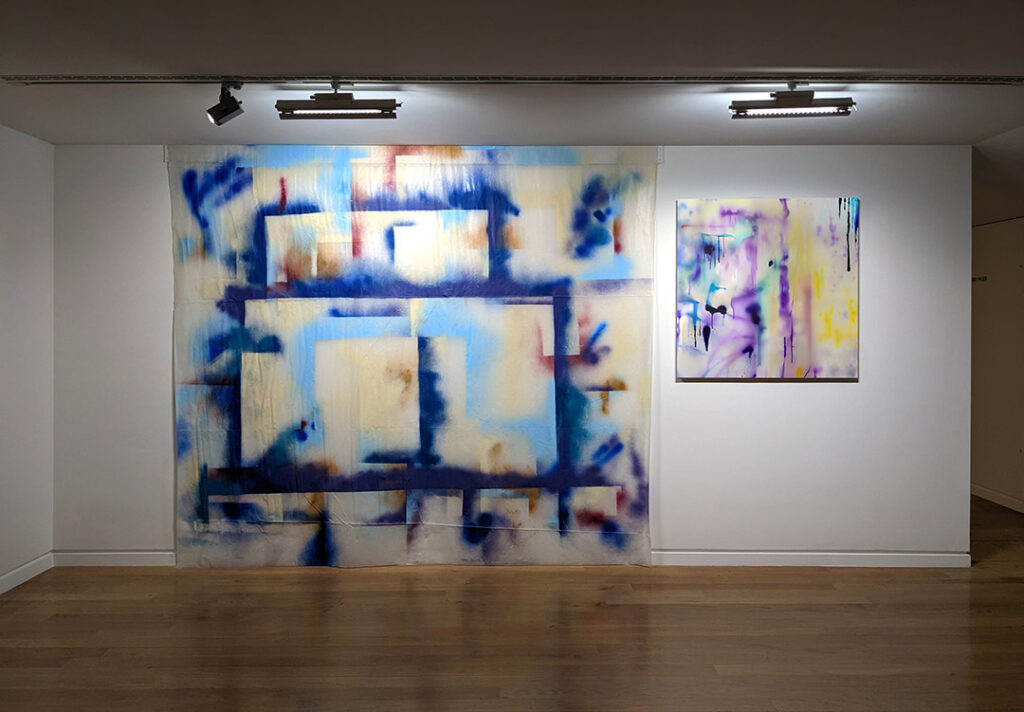
La bâche et le premier mètre carré (Musée Granet)
The Granet Museum has purchased the first fragment as an NFT. Other fragments will be put up for sale continuing the image. If one day the work is to be seen in its entirety, each collector will have to join with the others to reconstitute the whole image, each having a fragment like a jigsaw.
Le Musée Granet a acheté le premier fragment sous forme de NFT. D’autres fragments seront mis en vente poursuivant l’image. Si un jour, l’œuvre doit être visible dans sa totalité, chaque collectionneur devra s’associer avec les autres pour reconstituer toute l’image, chacun ayant un fragment comme un puzzle.
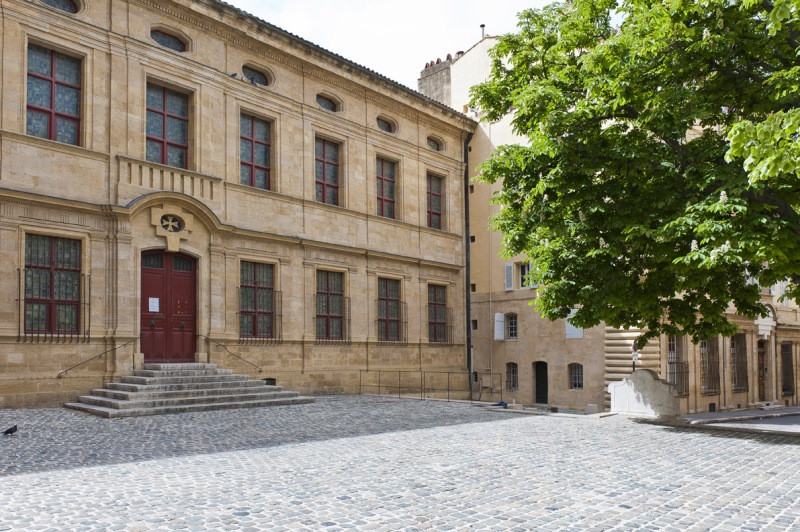
The Machines Studio deconstructs the value of art: the blockchain allows to fragment the image and to separate the original work from its digital extensions. Collectors will have to collectively reconstitute the artwork. It is also a question of AI feeding on waste to continue the work of art beyond the artist’s will. The NFT, and the media noise that surrounds it, appear to be a waste of paint, a remnant of the idea of art, a dross of aesthetics.
NFT on Objkt

https://objkt.com/collection/KT1Ns4gZT63oXePYvPJQ1eriv8526GpTKw5G
The title comes from the title of a text I wrote in 2019 to describe my way of working with AI.
L’outpainting as exit out of the painting.
L’atelier des machines déconstruit la valeur de l’art : la blockchain permet de fragmenter l’image et de séparer l’oeuvre originale de ses extensions numériques. Les collectionneurs devront collectivement reconstituer l’oeuvre d’art. Il est aussi question de l’IA qui se nourrit d’un déchet pour continuer l’oeuvre d’art au-delà de la volonté de l’artiste. Le NFT, et le bruit médiatique qui l’entoure, apparaîssent comme un déchet peinture, un reste de l’idée d’art, une scorie de l’esthétique.
NFT sur Objkt
Le titre vient du titre d’un texte que j’avais écrit en 2019 afin de décrire ma manière de travailler avec l’IA.
L’outpainting comme sortie de la peinture.
